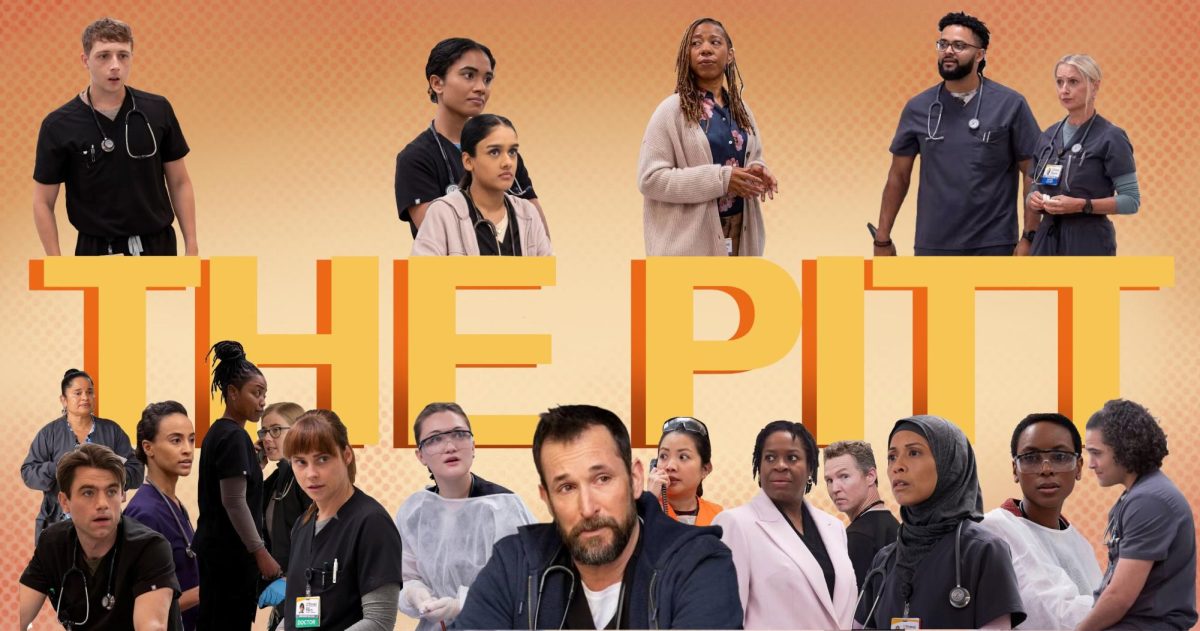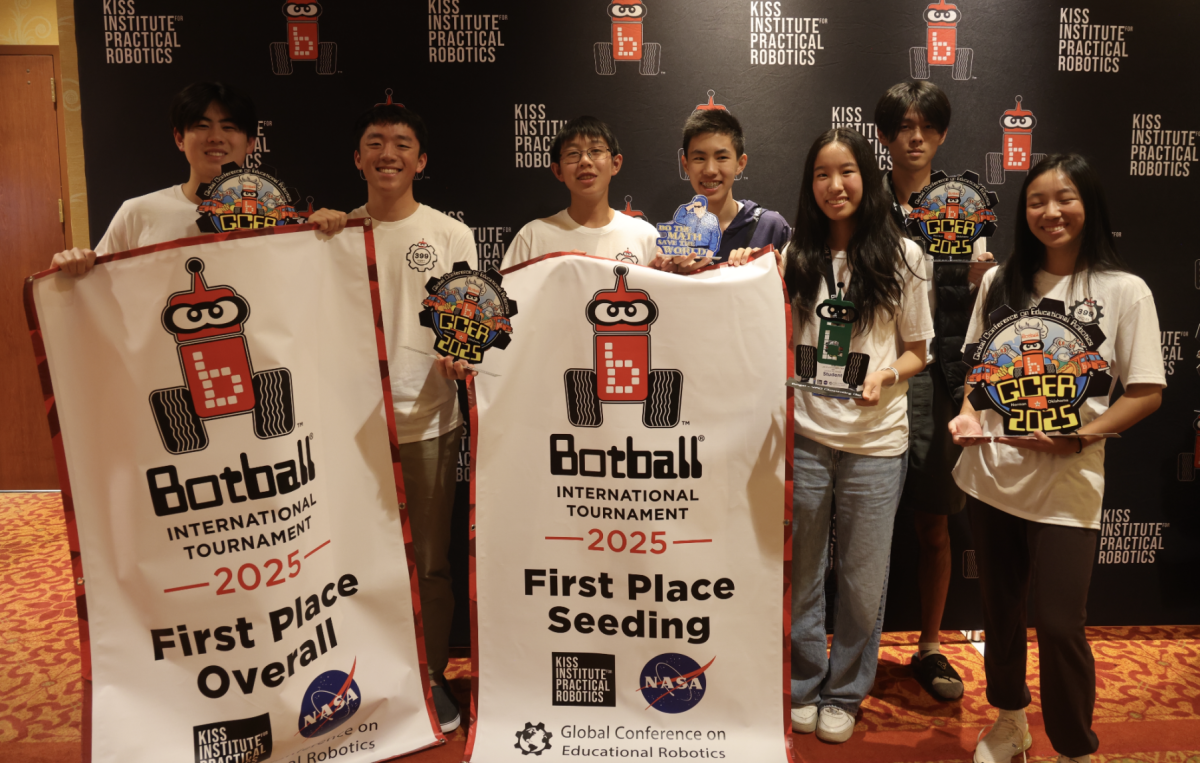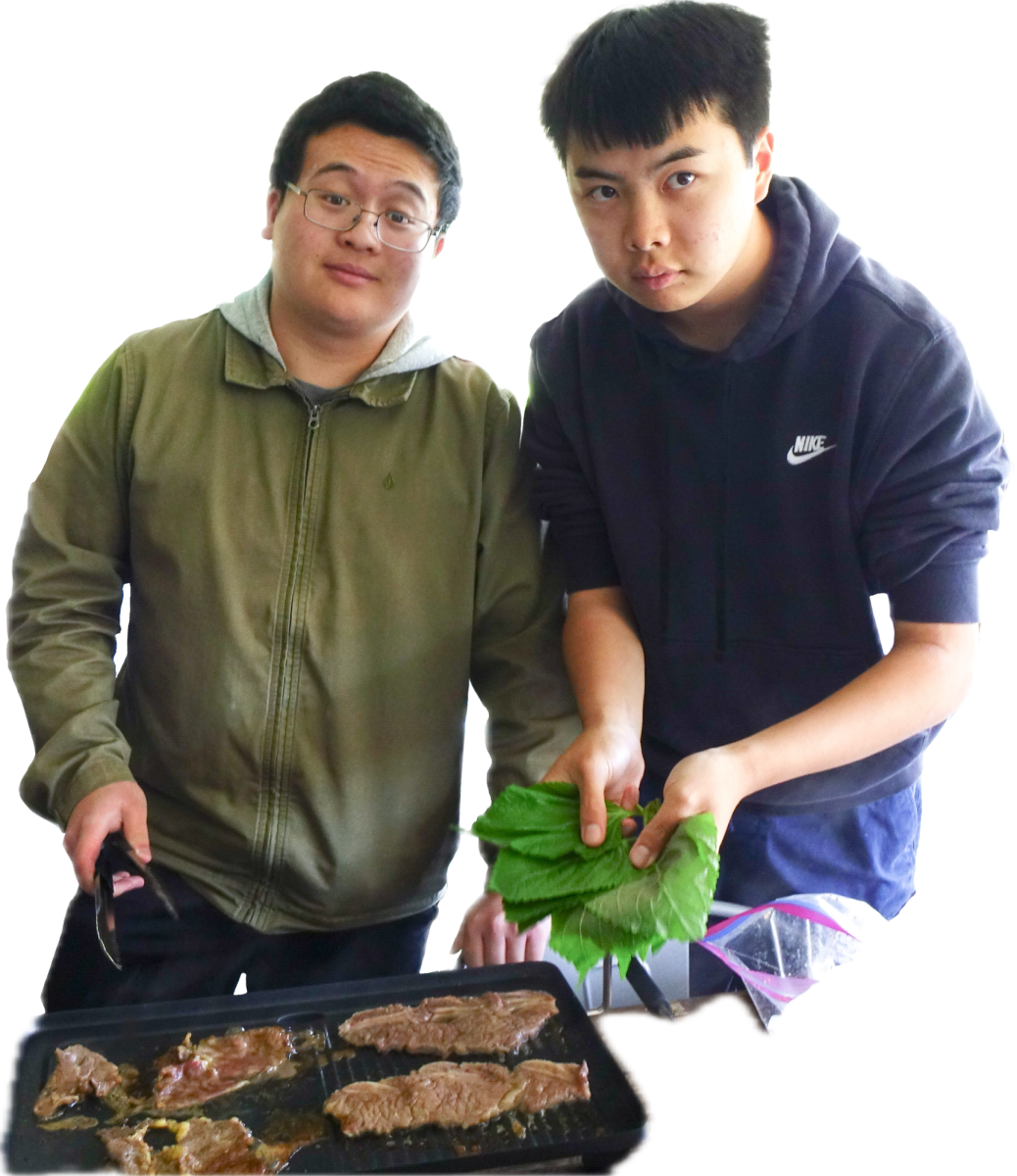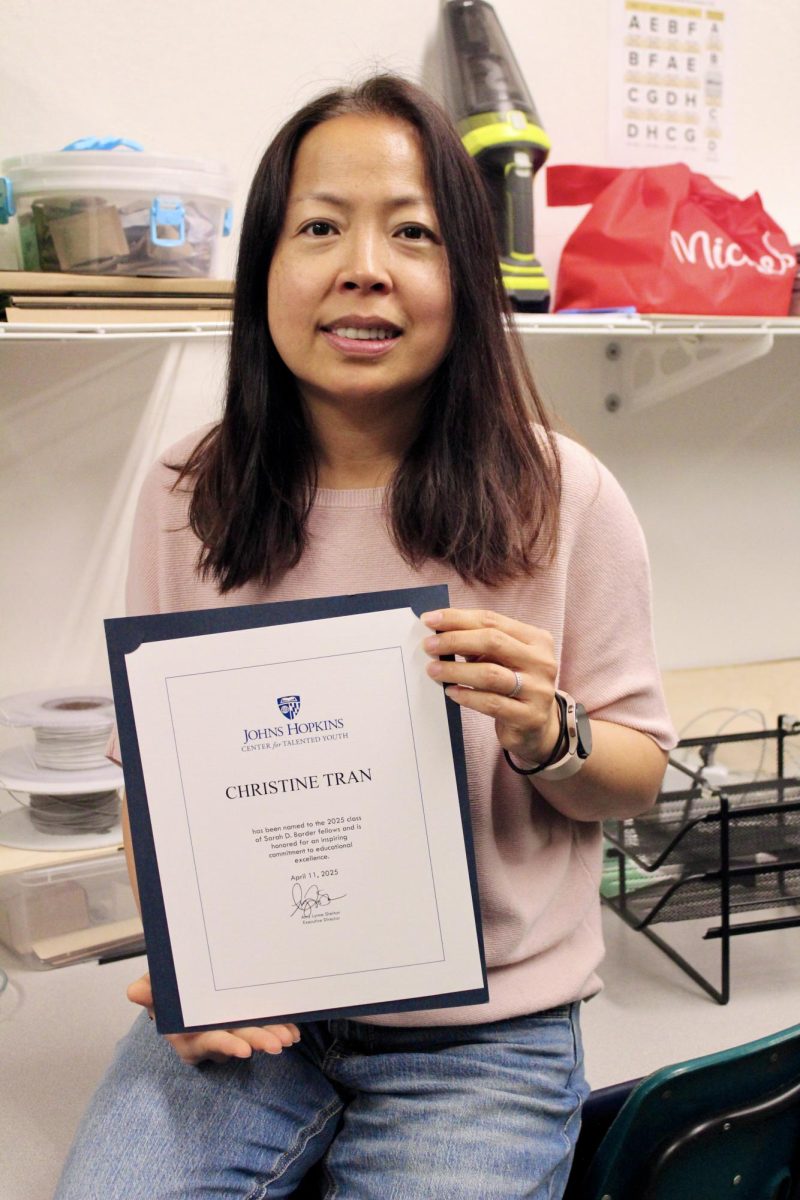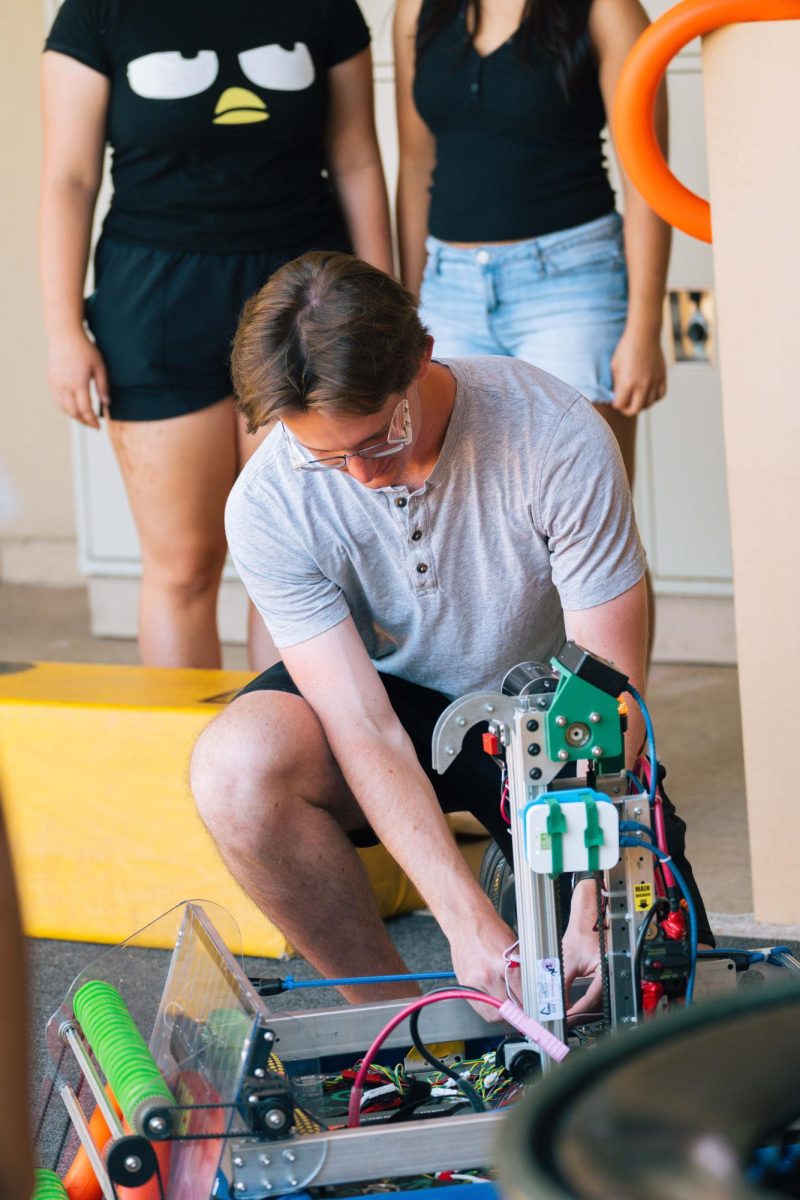For the longest time, the idea of avant-garde technology like 3D printers was unheard of. Throughout the years, 3D printers have continued to make an impact on the world and have also grown to become tools to enrich education. At Pinewood, 3D printers have made it possible for students to pursue their interests in engineering, computer science and other related areas.
Six Bambu Lab P1S 3D printers can be found in the Maker Lab, constantly printing students’ newest innovations. Pinewood has diversified and refreshed their STEM education with these printers equipped with rapid printing speed, expansive filament-holding capacity, carbon filter, a fan and more.
As a member of the robotics team, senior Colin Ternus attests to the Bambu’s abilities.
“3D printing on its own is incredible, as it allows you to design and fabricate anything you can dream of, but the Bambus in the Maker Lab are a massive leap forward,” Ternus said. “Parts that would have taken hours on the school’s old 3D
printers now take 30 minutes on
wthe Bambu, and seven of those
minutes are spent calibrating the print.”
As Ternus mentioned, the Bambu’s ability to produce quality 3D prints is especially noteworthy.
“In the past, you had to wait for a long time to make your prototype, but now the 3D printer can pop it out in a few hours max,” Computer Science Department Chair Christine Tran said. “It’s instant gratification.”
The old Flashforge 3D printers were exhibiting some issues such as poor ventilation, producing an unpleasant smell of burning plastic as well. However, they’re still used in the lab to satisfy as many student projects as possible, as the problems are not serious.
“In the past, 3D printers were not enclosed, and when they were not enclosed, drafts could interfere with the print,” Tran said. “Now, everything is enclosed, so the smell has improved a little bit.”
Even if students are not a part of the robotics club or Tran’s classes, they are free to use the printers at their convenience, with junior high design and engineering teacher Rob Bergenstock’s permission, and reap the benefits of these new machines.
“We have students using [the printers] for science classes such as physics and the digital fabrication class, so we have a lot of students using the machines in different classes,” Tran said.
With increasing technological advancement, opportunities with 3D printing have become endless. In the beginning of its life, the 3D printer printed fairly common objects, but now, it has transformed the world with products like ships and prosthetic body parts.
“3D printers allow more people to build, create, and thrive, making a world more full of invention and creativity,” Ternus said. “They make the world one I want to live in, and they make Pinewood a well-rounded school.”


